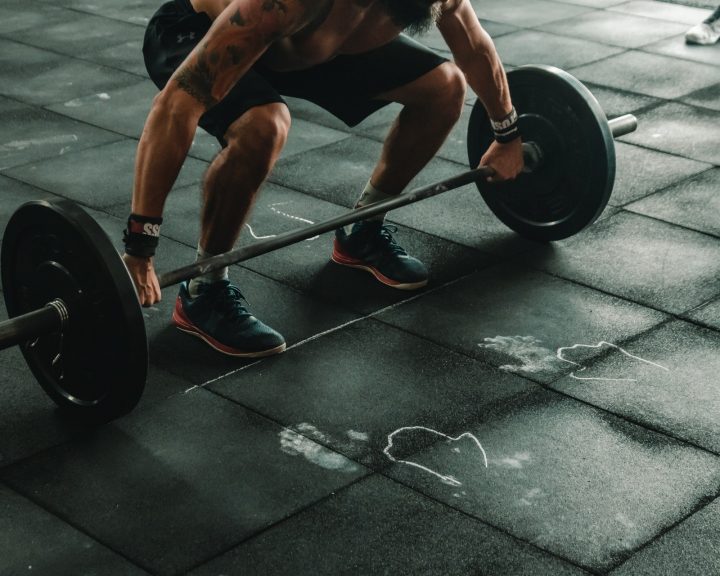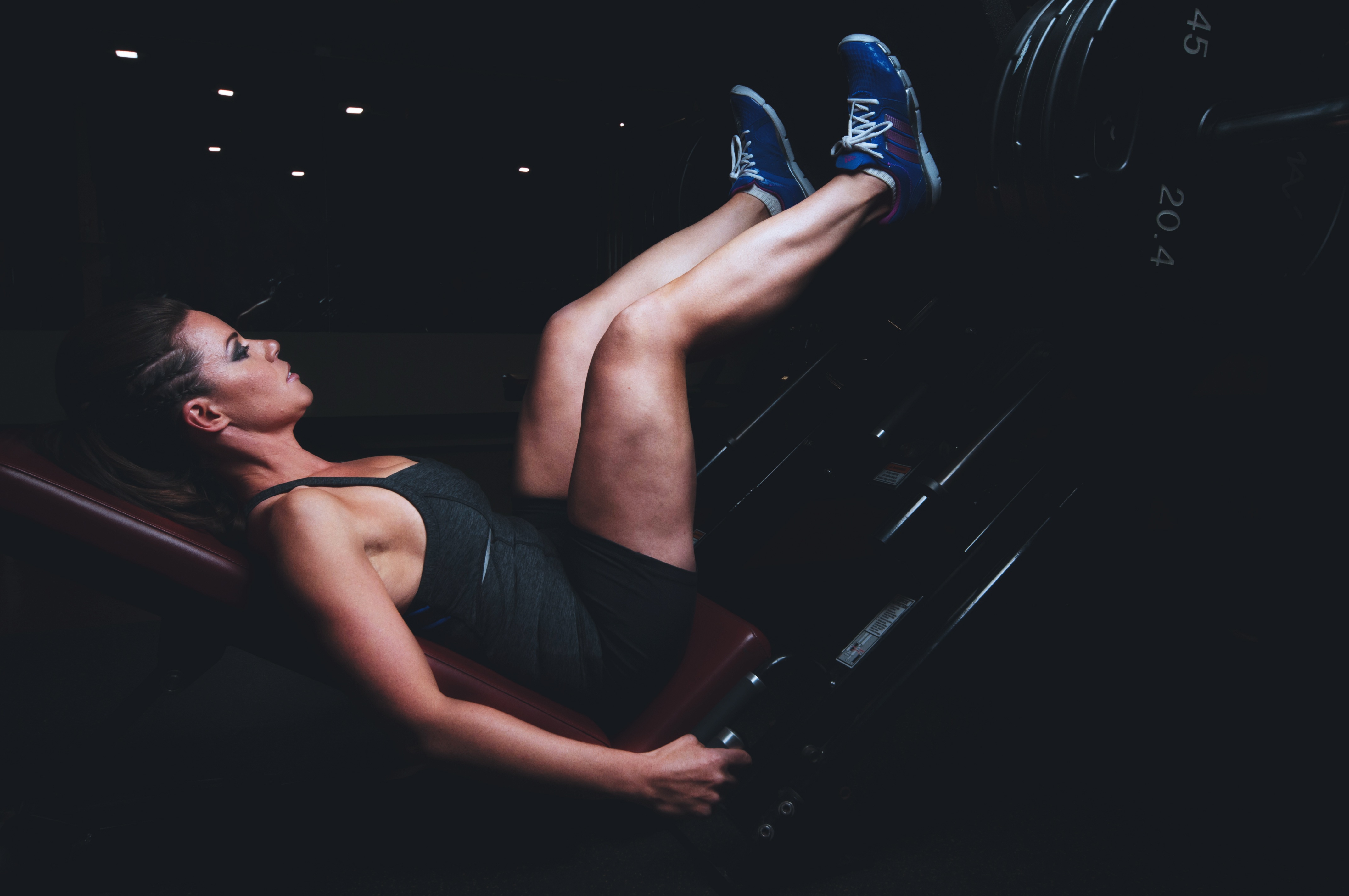The training of Olympic lifters is always fascinating to many people that are interested in strength and conditioning because it is very different from how bodybuilders approach training. It’s not unusual for Olympic lifters to squat, clean, snatch, and jerk four to six times a week. This works against most traditional approaches to bodybuilding, which would want several days of rest before performing a given lift again.
The training of great Eastern European Olympic lifters has also been interesting for many in the field because those countries had such great success in the sport for the longest time. The thinking is that there was a systematic sports training machine in those countries. In some cases that is true, but this tends to break down somewhat when looking at truly elite lifters (see my earlier posts on Alexeev’s training). A series of articles in the old Soviet Sports Review discusses the training of Vladimir Ryzhenkov as he prepared to win the world championship in 1974. Vladimir Ryzhenkov was a world champion and world record holder from the Soviet Union. He won the world championships in the 82.5kg weight class in 1973 and 1974, his best lifts were a 163kg snatch and a 202.5kg clean and jerk.
The training year was divided into six months of competition periods (three months around the European championships and world championship and three months for various USSR championships) and four months of preparatory periods. Exercises used in training were put into the following categories:
• Snatches (all types of snatches)
• Snatch pulls (mainly hip extension exercises, the authors report that true snatch pulls were almost never used)
• Jerks (clean and jerks)
• Jerk pulls
• Squats (all types of squats)
• Presses (all types of presses)
Ryzhenkov was a light-heavyweight lifter. He only trained (on average) 16 times over a 30-day period during the preparatory periods and 18 times during the competition periods. In terms of training intensity:
• The preparatory period actually saw the greatest percentage of lifts at 91%+ (note that 160kg was selected as 100% for snatch lifts and snatch pulls, 200kg was selected as 100% for jerks and squats). In both preparatory and competition periods, approximately 63% of the lifts were performed with 80% or less and only 16-18% were performed with 81-90%.
• The preparatory period saw a greater percentage of training volume consisting of assistance exercises (hip extensions, pulls, squats, and presses). In the preparatory period these lifts made up approximately 66% of the training volume, compared to 57% in the competition period. In both periods there is a greater emphasis on the clean and jerk than the snatch, with the clean and jerk making up 2% more of the training volume in both periods than the snatch.
• Regardless of period, squats made up the largest volume of exercises followed by the clean and jerk.
According to the article, Ryzhenkov did not employ a great deal of variety in terms of exercises used:
• Full snatch, power snatch, hip extension exercises. Occasionally full/power snatches from blocks, some split-style snatches.
• Power cleans, medium-grip clean pulls, full clean and jerks. Some cleans from the hang, jerks from the rack, and jerks from a half squat.
• The Olympic press, wide-grip press, and bench press were used for arm and shoulder strength.
• Back and front squats were used to strengthen the legs.
This comes out to about 17 exercises or so to be used over the training year.
A number of things stand out about the training that is described in this article:
• First, there is not a lot of focus on heavy lifts, with the majority of training being done at less than 80%.
• Second, there’s a large emphasis on assistance work. Clearly the thought is that through the increase in strength brought about by the assistance work the main lifts will increase.
• Third, snatches and clean/jerks make up 34-44% of training volume (depends upon the period of training). This is lower than you’d see in other training systems.
• Fourth, this is not stated anywhere explicitly – but the article is reporting on the characteristics of this lifter’s training retrospectively. There is nothing that indicates the training volume and percentages were planned ahead of time. In other words there is no indication that in x month y percentage of back squat lifts will be done a z percentage of 1-RM.
• Finally, there’s not a lot of variety in terms of the exercises used in training. This indicates pretty consistent and stable technique on the part of the lifter (i.e. there are not a lot of partial cleans/snatches to develop weaknesses) and probably reflects the preferences of the lifter (i.e. he is training with the exercises that work for him).
Ryzhenkov, V.I. and Falameev, A.I. (1979). Training methods of a high level weightlifter. Tyazhelaya Atletika, 1: 5-10. In Soviet Sports Review (1982), 17(1): 13-16 and 17(2): 65-68.




